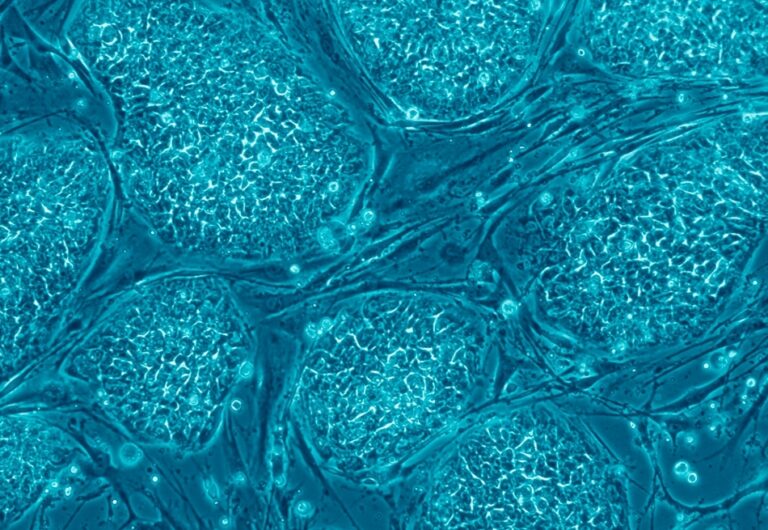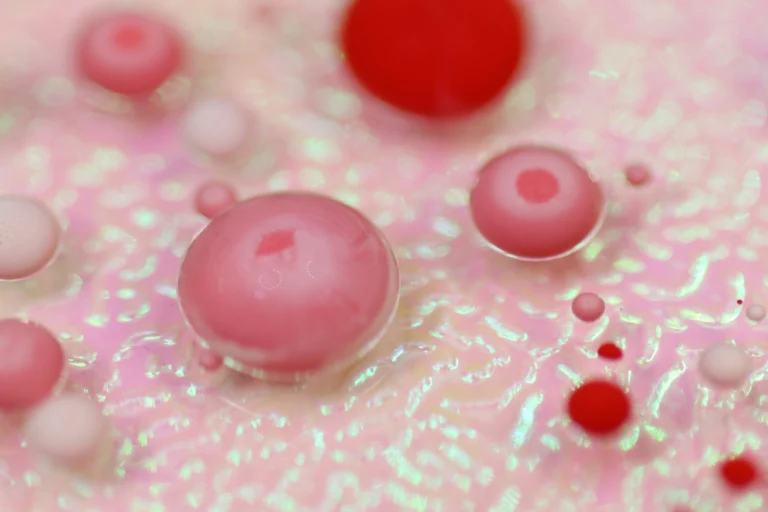
Except for hematopoietic-derived cells, most cells isolated from animals are naturally adherent.
In vivo, adherent cells interact with their surrounding environment and with each other in order to remain viable and exercise their specific function. Indeed, the intracellular signalling cascades that influence the cells’ morphology, growth, phenotype and final fate are governed by the cells’ cross-talks with the extracellular matrix and by cell-to-cell interactions.
Similarly, in vitro they require a “support” to attach to, or each other, for maintaining viability & proliferate, otherwise growth-arrest and anoikis take place.
Understanding Bottlenecks in Adherent Cell Growth
Irrespective of the application, growing anchorage-dependent cells in vitro has always been more complex than expanding anchorage-independent cells. Indeed, this latter cell type can grow as single cell suspension in the culture media so that they do not require any physical interaction to proliferate, making them generally easier to “passage”, more scalable and less labour intensive than their adherent counterpart.
Because of this, over the years a lot of effort has been made towards adapting naturally adherent cells to grow as single cells suspension.
However, such adaptation process requires a lot of initial investment with the caveat that not all cells can be adapted to grow in this suspended way. In addition, even when they can be adapted, some of their physiological characteristics are either lost or altered, changing in turn their overall behaviour. Thus, in order to generate high quality biomass or cell-derived products, it would be ideal to expand them while maintaining their original anchorage-dependent characteristics providing a more native-like environment recapitulating both cell-matrix and cell-cell interactions. Strategies involving microcarriers and aggregates culture methods are now enabling this and improving on the adherent cells scalability and system automation whilst reducing labour. These strategies, coupled with improved bioprocesses, will definitely reduce and/or remove the bottlenecks associated with adherent cell culture.
Increasing Adherent Cell Growth and Viability
Our proprietary media additive, AggreGuard™ is designed to control and reduce aggregation in microcarrier-based cell cultures. By doing so, it increases cell viability and improves cell confluency on microcarrier surfaces and, therefore, can enhance the overall process productivity.
In our latest case study, we showed how AggreGuard™ can control and prevent microcarrier aggregation. Exposure of Vero cells to AggreGuard™ over 60 days, showed cells on the microcarriers had a 95% cell viability while maintaining the cell doubling time.
To learn more or to download the case study discover AggreGuard™ now.
Transforming Lives and Life Sciences with Adherent Cells
At CellRev, we see adherent cells being the life sciences’ past, present & future cornerstone. Here’s why:
- It is a fundamental experimental method in the fields of cell biology, biochemistry and cancer research.
- It is a significant production means for viruses, recombinant proteins, disease modelling and drug screening in vitro.
- It is critical in driving tissue engineering, regenerative medicine & cell therapies research and industrial manufacturing.
- It is essential in applications requiring closely controlled cell physiology and function.
Because of this, we are committed in removing the bottlenecks around adherent cells use and expansion so we can stick with them!
To find out more or to discuss how CellRev can help optimise your workflows, get in touch with our team now.

Author: Martina Miotto, Chief Scientific Officer at CellRev
I am biologist with a passion for stem cells biology & tissue engineering. I’ve always been fascinated by addressing challenges in regenerative medicine by thinking out of the box. This is thanks to my great supervisors Prof Nastruzzi and Prof Piva at University of Ferrara and Che Connon at Newcastle University who instilled in me this passion for science since my early days in the lab.
I am now using this enthusiasm to lead the innovation team at CellRev. Looking forward for what is yet to come!


